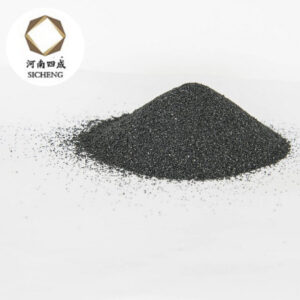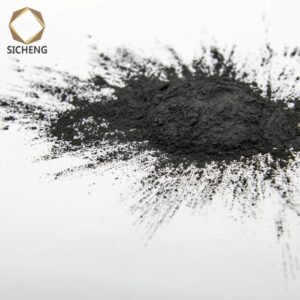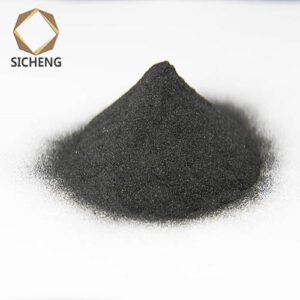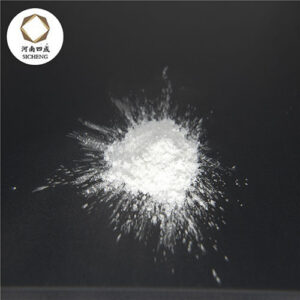Brown corundum is made from bauxite, anthracite and iron filings and is smelted at high temperatures in an electric arc furnace. During the smelting process, the carbon in anthracite reduces impurities such as silica, iron oxide and titanium oxide in the bauxite to metals, which combine to form ferroalloys, which settle to the bottom of the furnace because their specific gravity is larger than that of corundum melt and separate from the corundum melt. Only a few impurities are mixed in the brown corundum melting fast.
The main chemical composition of brown corundum is: AL2O3, its content is 94.5%-96%, and it contains a small number of Fe, Si, Ti and so on. Brown corundum has strong crushing resistance, oxidation resistance, corrosion resistance, good chemical stability, and is a widely used abrasive. It is suitable for grinding metal materials with high tensile strength, such as fine grinding and fine grinding of ordinary carbon steel, hard bronze and alloy steel, grinding thread and tooth texture.
Black corundum has good self-sharpening, less heat during grinding, good finish of parts, suitable for parts before plating bottom surface polishing, aluminum products and stainless steel polishing, can also be used to polish optical glass, polish wood, etc. Because of its good hydrophilicity, it can be used in abrasive paper, emery cloth and resin abrasives, and can also be used as abrasive paste and polishing powder. Black corundum is not suitable for ceramic abrasives because of its high iron content.





